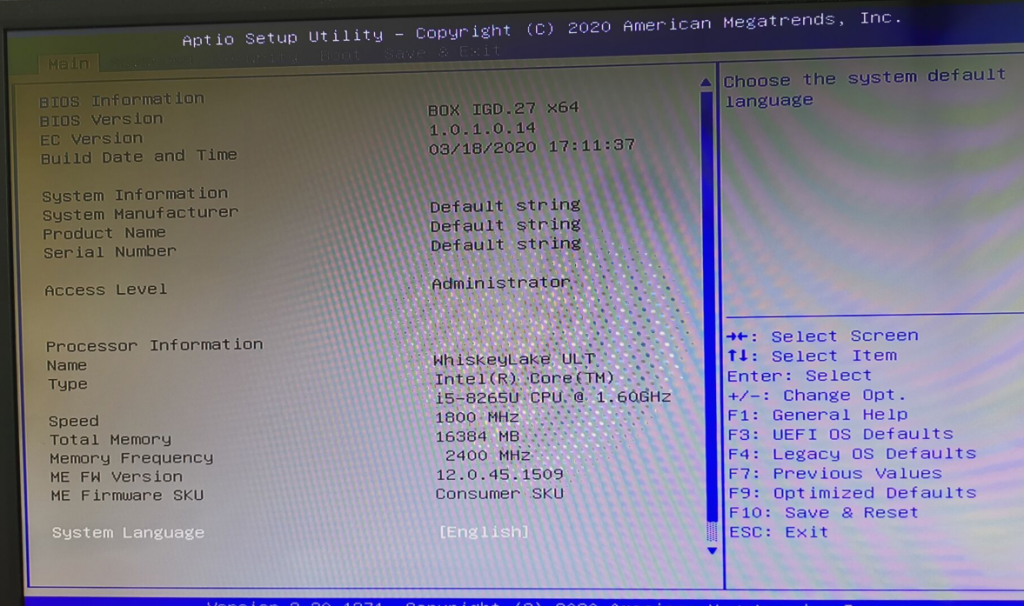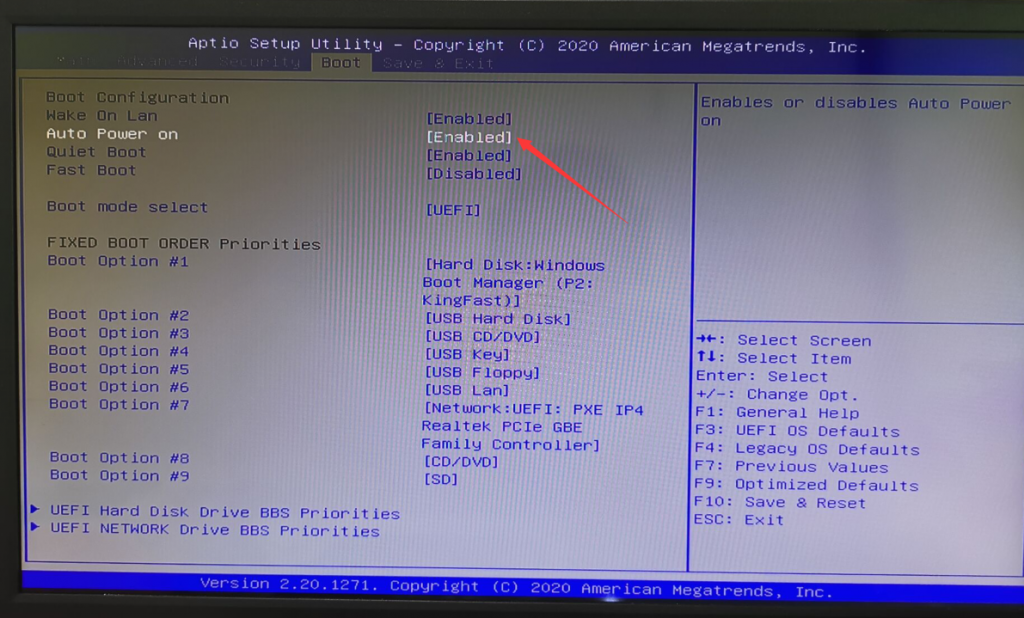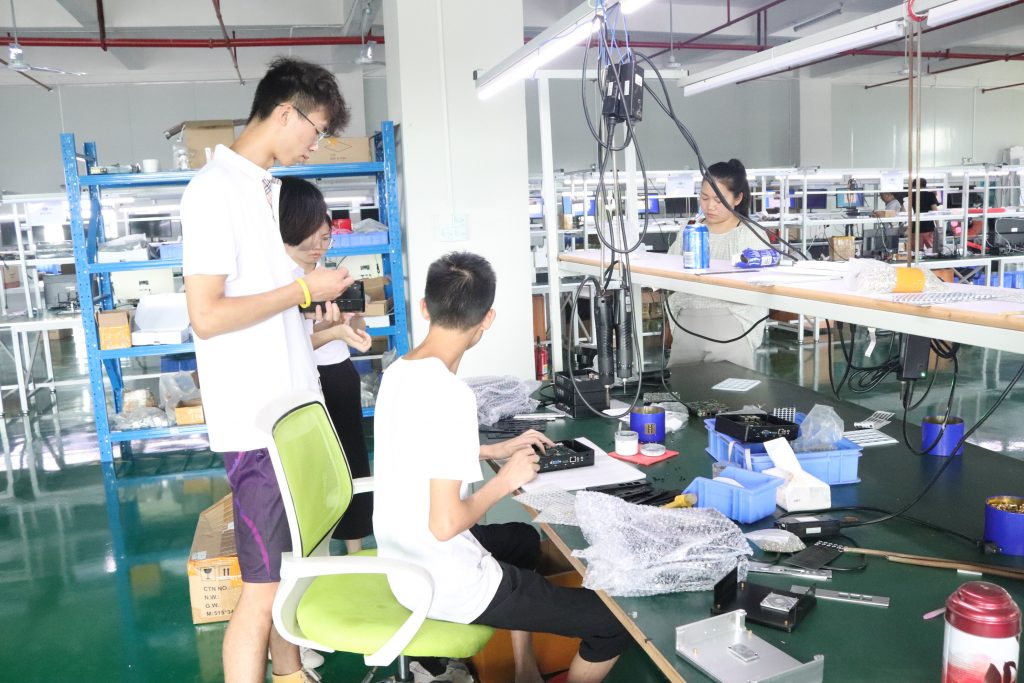power on PC, and press F2 into bios setup display

Go to “boot” option , make sure “auto power on” is enabled

Finished setup, press F10 to save configuration
power on PC, and press F2 into bios setup display

Go to “boot” option , make sure “auto power on” is enabled

Finished setup, press F10 to save configuration
Eglobal Industrial mini computers can be applied to many fields. Our company installs industrial computers in laser printing equipment. It can also be applied to POS machines, hospitals, ATMs, and so on. https://www.pcstationcn.com/free-shipping-eglobal-mini-pcs/2-com-industrial-mini-pc
Our employees use our own mini pc for office, Photoshop, and edit videos every day. It runs more than 8 hours a day and works well. We speak for our mini PC.
We’ve been waiting for Intel 10th Generation Comet Lake Mini PC for a long time, In 2020, finally it launched. Eglobal Mini PC CPU always follows the latest Intel processors and meet the latest market requirement
We have made two different series mini pc for this latest CPU, one is our V7 series Fanless mini pc. Another one is our V310 series Mini PC with Cooling fan, the size only 150*137*48mm
U can see the following picture for the two different series :

For the performance, The new launched 10th i7 10510U is performed better more than the 8th i7 8565U, u can see the difference from the below pictures:

The two series Mini PC both support big memory capacity, dual DDR4 memory slot up to 64GB RAM, and there is m.2 NVME SSD storage up to 1TB, and also one 2.5 inch HDD storage up to 5TB available, building windows 7 or windows 10 or Linux system on the SSD, and use HDD for file saving, get fast speed and huge capacity meantime.
Welcome u to inquiry about this NEW CPU Mini PC.

First, a quick note about SSDs – they’re fast. So fast in fact, their limiting factor is not their own hardware, but rather the SATA III connection that hard drives have traditionally used. Enter NVMe. Standing for “Non-Volatile Memory Express,” NVMe is an open standard developed to allow modern SSDs to operate at the read/write speeds their flash memory is capable of. Essentially, it allows flash memory to operate as an SSD directly through the PCIe interface rather than going through SATA and being limited by the slower SATA speeds. Put another way, it’s a description of the bus the component uses to communicate with the PC, not a new type of flash memory. It is also unrelated to the form factor, which is why NVMe drives can come in both M.2 or PCIe card form factors. With both form factors, the component is connecting electrically to the PC via PCIe rather than SATA. Yes, it’s confusing, but stick with us.
When you buy a new SSD, it uses either the SATA or NVMe interface to connect to your computer. Traditional SATA SSDs use the 2.5″ form factor, as seen in the picture below.

M.2 is a form factor that spells out the physical size and shape of the card that can be plugged into an M.2 slot. This form factor has been designed to maximize space while minimizing the footprint. The M.2 slot is rectangular, with possible widths of 12, 16, 22, or 30 millimeters. Most M.2 solid-state drives are 22 millimeters wide. Lengths can also vary: 16, 26, 30, 38, 42, 60, 80, or 110 millimeters.

Most computer motherboards accommodate a variety of lengths for M.2 slots. At the same time, the width tends to be fixed on each motherboard, usually 22 millimeters wide. The M.2 slots on a motherboard can communicate with the rest of the PC using different interfaces/standards, including PCI Express (used by NVMe) or SATA, used by traditional SSDs.

Each motherboard has a different number of M.2 slots with different specifications.
In order to expand Eglobal foreign trade sales team, we welcomed two new colleagues.
On the first day of the arrival of the new colleague, we held a welcome ceremony.


The two foreign trade managers have chosen their favorite apprentices, and the apprentices will followe the master to learn skills.
The one-week product knowledge training began. Our company arranged different experienced seniors to start training for newcomers and visited the factory.




After a week of product knowledge training, a small test on product knowledge was conducted.

We hope that after a month of training, new colleagues can quickly integrate into this industry, find customers, and earn the first pot of gold in life.